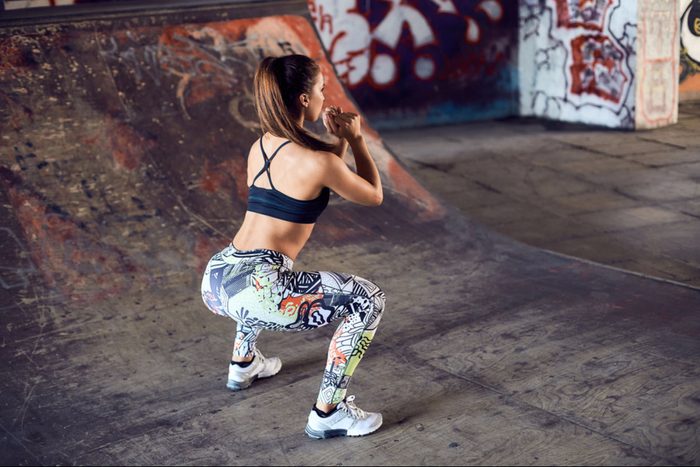
Your menstrual cycle and your body
Depending on the phase you’re in, your menstrual cycle can change your mood, energy level, and physical performance. Sometimes you might wake up too sluggish to exercise or make it through your last set of squats, and other times you’ll jump out of bed with tons of energy, ready to hit the trails or head for your home exercise equipment.
Although you can’t prevent these highs and lows, you can use the knowledge of what’s going on during your menstrual cycle to your advantage when meeting your health goals.
“From a scientific standpoint, a healthy female can get a great workout at any time during her menstrual cycle,” says Nita Landry, MD, (“Dr. Nita”), a board-certified ob-gyn and frequent co-host on The Doctors. “However, from a practical standpoint, menstrual cramps and vaginal bleeding can leave some women feeling blah. And while each person will respond differently to the hormonal changes associated with her menstrual cycle, once you understand how your body typically behaves during your monthly cycle, you can create your optimal workout schedule.”
Your menstrual cycle starts on the first day of your menstrual period and ends the day before the next period begins, and its impact on your workouts can be broken down into three phases.
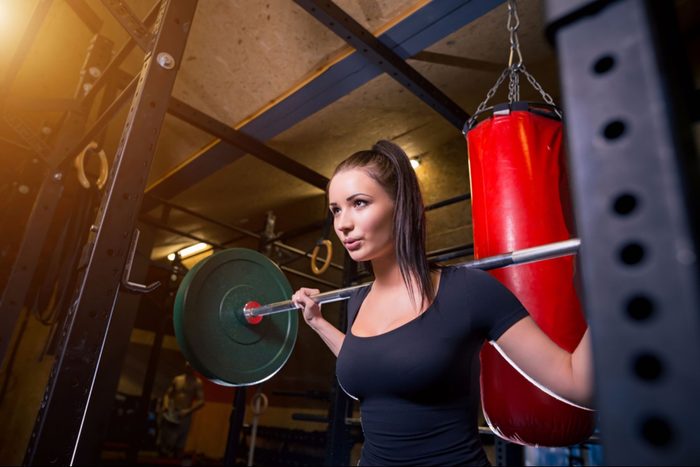
Follicular phase—time to hit the gym hard
Cramping, hungry, moody, or tired? Even if you’re saddled with all of those at once, it shouldn’t be an excuse to slack on your workout, as your body is actually most primed to power through at this time.
The first phase of your cycle, known as the follicular phase, starts the first day of your period and ends when you ovulate. For women with a 28-day cycle, this would be days 1 to 13, where day 14 marks ovulation, explains Christine Greves, MD, board-certified ob-gyn at the Orlando Health Winnie Palmer Hospital for Women and Babies.
Here’s what’s going on with your hormones at this time: “During your menstrual period, your body is not making a lot of estrogen and progesterone. As a result, from a hormonal standpoint, your body is ready for a great workout,” says Dr. Nita. Thanks to these lower estrogen levels, your body is able to access “carbohydrate fuel” more easily than it would in phase three of your cycle when your body relies on the slow breakdown of fat. Plus, your body temperature is naturally cooler, so you don’t get tired as easily, giving you greater endurance.
Once your period winds down, your testosterone and estrogen levels start to rise, and that can help with muscle sculpting and toning. “So in addition to the high-intensity interval training, it’s a good idea to include some strength training during the latter part of this phase,” says Dr. Nita. A study published in PLOS One shows that during the follicular phase, female soccer players had higher endurance and gained more lean body mass during resistance training, whereas there was a reduction of both during the second phase of the menstrual cycle.
“The possible reason for this is the potential anabolic effect of estrogen that is present during the follicular phase,” explains Dr. Greves. “So, if the intent of lifting weights is to gain more muscle, then based on this article, lift weights the first two weeks of your menstrual cycle.”
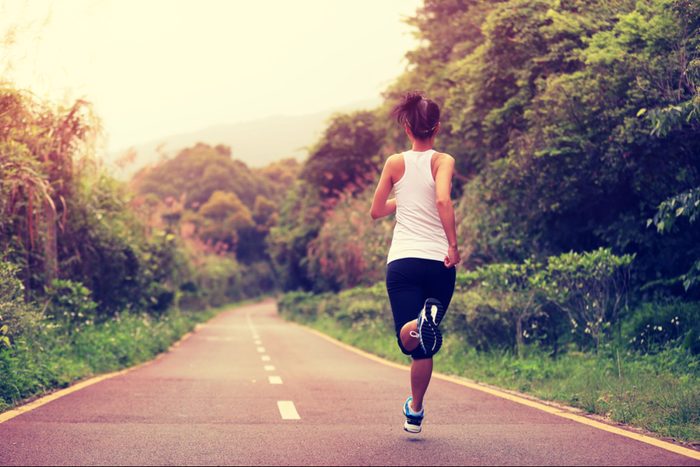
Ovulation—time to lower the intensity
Phase two of your menstrual cycle is when you ovulate, and you certainly might notice a slew of unappealing symptoms of ovulation that could make your workout feel harder. (Women usually ovulate about 14 days before the start of their next menstrual cycle.) “Due to your hormonal changes, you might start to notice abdominal bloating and breast tenderness, and you might not feel particularly energetic,” says Dr. Nita. But don’t let that stop you from working out. Exercise will help ease cramps and reboot your energy, according to Dr. Greves. Instead of a high-intensity class, however, you might consider a self-paced workout, a lower-intensity class, or a long, more moderate run, rather than sprints.
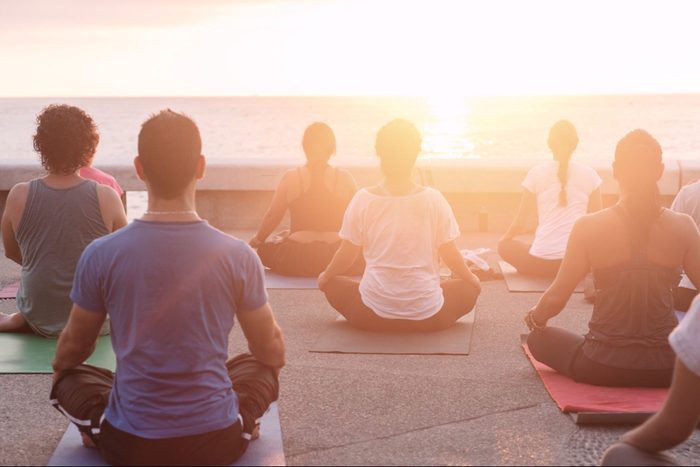
Luteal phase—time to lean on favorite workouts
The third phase of your menstrual cycle happens after ovulation. And, unfortunately, thanks to high levels of estrogen and progesterone, you’re still not feeling like the exercise beast that you were during the follicular phase.
Here’s why: Due to the rise in estrogen, you can’t access your carbohydrate stores as easily, so you have less stamina to get through your workouts, says Dr. Nita. What’s more, “muscle breakdown increases, as does your body temperature, which goes up to about one degree Fahrenheit after ovulation, so you might find yourself sweating a little more easily,” she adds.
If you’re exercising in the heat, head indoors. “If exercising in humid or hot conditions, especially during the luteal phase, it may be harder to continue as long, if your body is already warmer than it is during other parts of the cycle,” says Dr. Greves. And, if you can’t stomach the idea of hitting the trails or the weight-lifting room, “try yoga, cycling, or whatever motivates you to go to the gym during this very trying time,” Dr. Nita suggests.
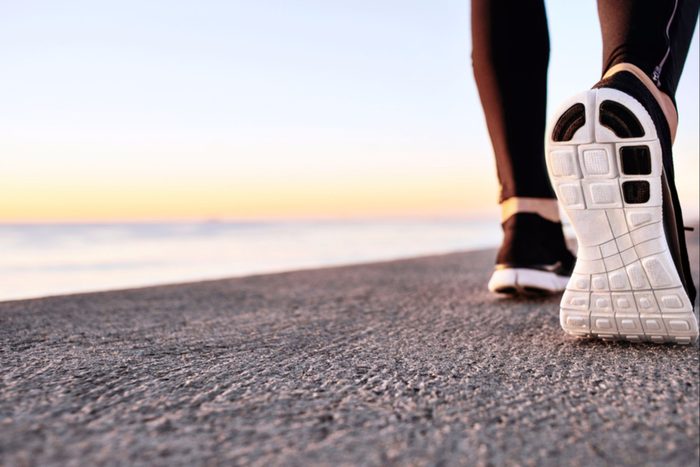
Honor your body across your menstrual cycle
It’s worth noting that every body is different, and some women keep the same exercise regimen all month long while other women simply don’t feel like exercising the first one or two days of their menstrual period, says Dr. Nita.
If you need a break from exercise because of your menstrual symptoms, don’t stress. Simply skip a day or two or lower the intensity of your workout, but don’t stay away too long, as it might take you out of the good habit of exercising, which can be hard to get back into.
And remember that something is better than nothing, so if all you can manage is a 20-minute walk through your neighborhood, it’s still better than slumping on the couch. And your body will thank you later.